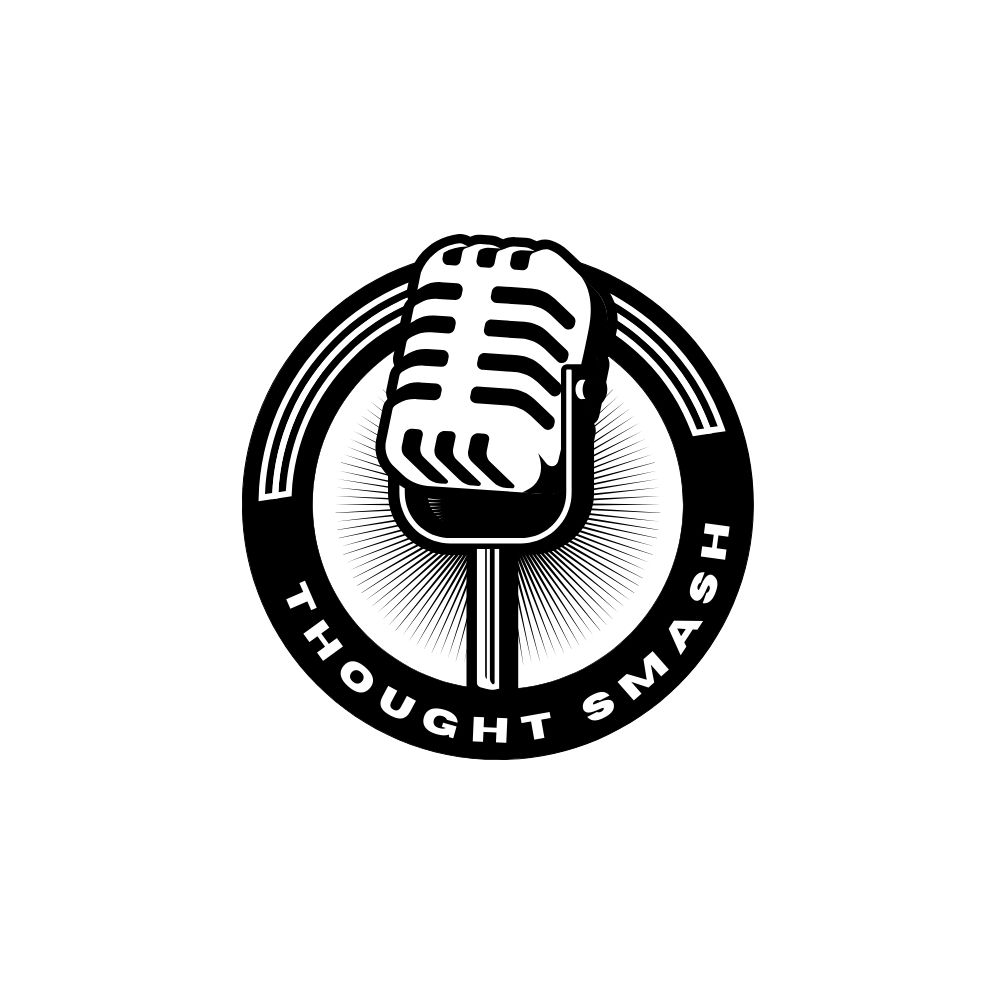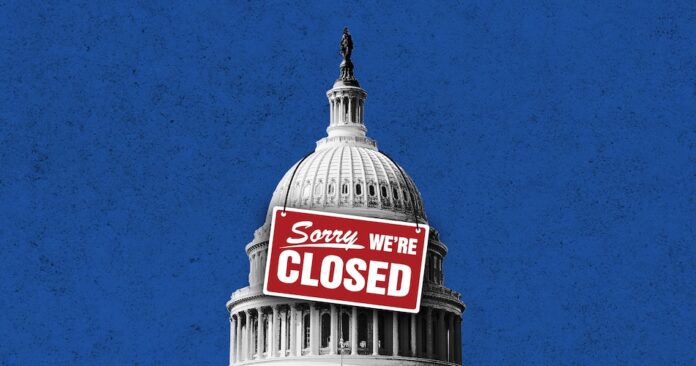The political stakes of a shutdown
The government shutdown is not a routine budget fight but a deliberate struggle for leverage between Democrats and Republicans in Washington. Both parties recognize that extending the lapse strengthens their arguments with supporters and sharpens contrasts heading into another election season. Republicans claim Democrats are blocking straightforward funding to press unrelated demands, framing the impasse as Democratic intransigence. Attorney General Pam Bondi expressed that sentiment in stark terms: “Unfortunately, Democrats are blocking this CR in the US Senate due to unrelated policy demands.” Her words show that the shutdown has become a carefully staged confrontation rather than an accidental failure of governance.
Executive authority in the spotlight
Republicans see the shutdown as a laboratory for expanded presidential authority, testing tools that allow direct intervention in federal spending decisions. Their strategy is rooted in reviving impoundment and rescission, practices that let the White House return appropriated money to the treasury. Eric Teetsel, Executive Director of the Center for Renewing America, explained this when he said, “Until this year, conservatives have opposed CRs. They wanted to use the annual appropriations process to cut spending and eliminate woke, wasteful, and weaponized federal programs.” His statement makes clear that conservatives view shutdowns as moments to reshape fiscal power. In their vision, Congress yields ground to an executive determined to act without waiting for negotiation.
A president’s power to withhold funds
Supporters of executive expansion insist that a shutdown amplifies presidential control over which services survive and which collapse under restricted funding. Eric Teetsel explained this bluntly, “In short, these powers allow the president to decline to spend money that Congress has appropriated, sending it back to the treasury.” He added, “If there is a government shutdown… the president and his team led by Russ Vought must decide how to prioritize whatever federal revenues are received.” These words reveal a belief that financial prioritization can fundamentally reorder government functions. For Republicans backing Trump, this is a chance to apply ideological goals without facing congressional resistance. The prospect of layoffs and service cuts becomes not an accident but a calculated demonstration of strength.
Democrats frame the fight around healthcare costs
Democrats argue that the true consequence of the shutdown will appear in health insurance bills faced by millions of American families. They highlight how subsidies introduced during the pandemic held costs down but are now set to expire. The end of those subsidies, they argue, will create a dramatic spike in premiums during the next enrollment season. Senator Bernie Sanders warned of the human toll when he said, “I will not let tens of thousands of fellow Americans die because they’re thrown off of healthcare.” His statement reflects the Democrats’ determination to define the shutdown around the affordability of medical coverage, not procedural maneuvering.
Republican populists turn to health insurance anger
Not all Republicans remain satisfied with party leadership focusing only on executive authority and immigration restrictions. Grassroots voices inside the party express outrage at ballooning premiums that burden middle-class households already struggling with food and utility costs. Representative Marjorie Taylor Greene captured that sentiment with blunt language: “Americans are getting crushed by health insurance with monthly payments of 1,500, 1,700 and over $2,000 per month… I’d like to see health insurance CEOs in there getting chewed out on live television. Health insurance is out of control.” Her words illustrate the risk for Republicans if they appear detached from daily struggles. Anger at insurers could pressure Republicans to supplement executive maneuvers with consumer-focused policy responses.
Why this shutdown could last longer
The political calculus on both sides favors confrontation instead of compromise, increasing the likelihood that the standoff extends far into the autumn. Republicans see the funding lapse as proof that a president can impose reductions and reorder programs without congressional approval. Democrats believe that everyday pain from health insurance costs gives them a powerful story to tell about Republican priorities. Teetsel made clear why Republicans welcome the duration when he said, “If there is a government shutdown… the president and his team… must decide how to prioritize whatever federal revenues are received.” That framing shows why neither party expects an immediate resolution and why Americans may face weeks without a functioning budget.
Exposing the deeper issue
This shutdown illustrates more than a disagreement about one continuing resolution. It reflects a struggle over whether Congress or the presidency controls the national purse. Republicans frame the shutdown as an opportunity to demonstrate executive power through selective spending cuts and fiscal prioritization. Democrats counter by warning of skyrocketing premiums and hospital instability that could leave families financially ruined. The clash reveals a political system willing to gamble with healthcare and public services in pursuit of leverage, leaving Americans exposed to the consequences.

